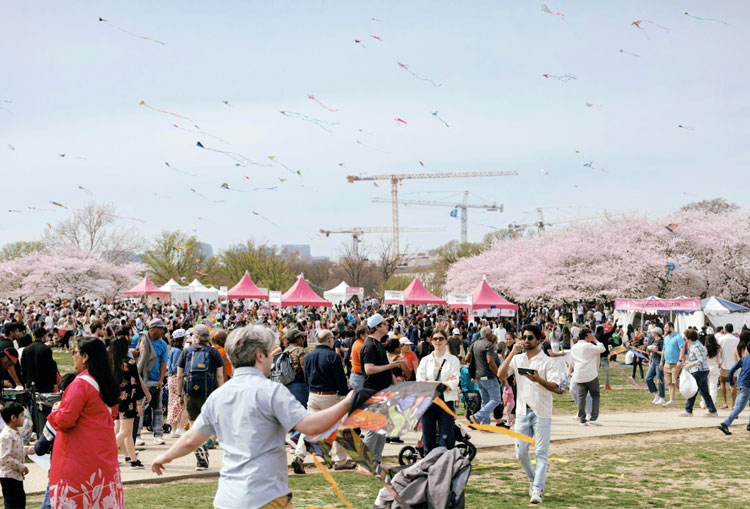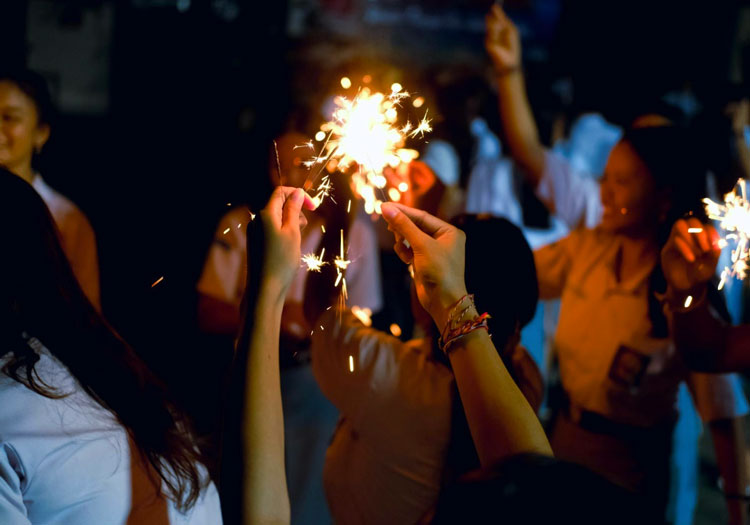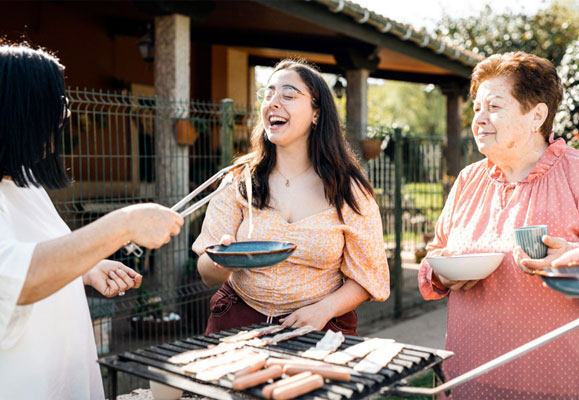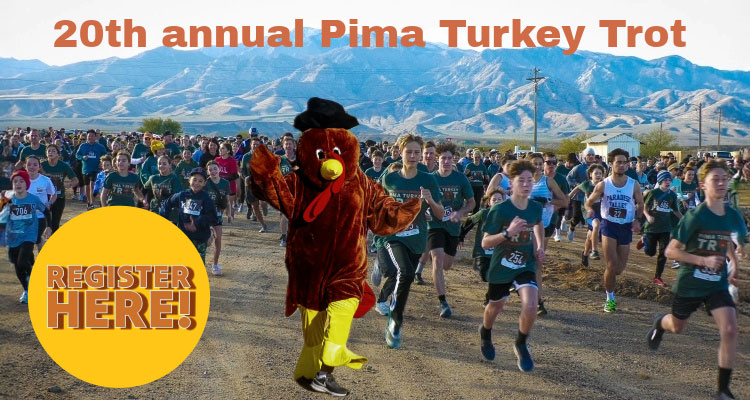From rodeos to Fourth of July parades, the Gila Valley has long been a region that thrives on togetherness. But as the valley has grown and evolved, so too have its community celebrations. What once began as intimate gatherings with homemade banners and potluck dishes have now transformed into well-organized events featuring modern design touches like personalized gold foil stickers, social media campaigns, and business sponsorships.
This evolution speaks to more than just aesthetic shifts—it reflects the deeper cultural, economic, and technological changes that have shaped the area over the past few decades. Today, celebrations in Graham and Greenlee Counties are just as much about honoring the past as they are about embracing the future.
A Look Back: When Celebrations Were Handmade and Homegrown

Decades ago, community events in Safford, Thatcher, Pima, and neighboring towns had a distinctly grassroots feel. Flyers were mimeographed and stapled to telephone poles. Church and school bulletins were the primary form of event advertising. Decorations were handcrafted from crepe paper and repurposed barn wood. Volunteers worked tirelessly behind the scenes—hauling folding tables, cooking chili in large aluminum pots, and stringing up lights in public squares.
The focus was always on connection. These were events where everyone knew your name, where kids played barefoot in the grass, and where a shared sense of purpose could be felt in every handshake and homemade pie. Events like the Pioneer Days Parade, Easter sunrise services, and Christmas light ceremonies carried a sense of sacred tradition that bound the valley together.
Local elders often recount these events with a smile. There was the time the town’s only tractor broke down in the middle of the parade—or when a thunderstorm flooded the dance floor and everyone just kept dancing anyway. These aren’t just nostalgic stories; they are foundational memories that shaped the identity of the region.
Modernization and Growth: Festivals Take on a New Face

As the Gila Valley has welcomed growth in education, healthcare, and infrastructure, its community events have mirrored that progress. Take the Safford Spring Festival, for example—what was once a modest artisan fair has now expanded into a multi-day experience complete with food trucks, live performances, car shows, and regional vendor markets.
The Graham County Fair has grown from a small livestock exhibition into a highly anticipated regional event. Booths are no longer just run by local families—they now attract businesses from all over southern Arizona. Stages are equipped with professional lighting and sound systems. Attendees scan QR codes for schedules, post photos on Instagram with event hashtags, and check in with mobile ticketing apps.
With all this growth has come a new level of professionalism. Local organizations now focus heavily on brand identity and audience experience. Logos, consistent color schemes, and custom signage are part of the planning process. Event materials feature thoughtful design elements—banners, invitations, and keepsakes like personalized gold foil stickers that add elegance and memorability.
The visual transformation of these events has made them more marketable, more appealing to sponsors, and more shareable online. According to the National Endowment for the Arts, arts-based events not only enhance community pride but also inject millions into local economies—an outcome that small towns like those in the Gila Valley have begun to tap into through cultural development.
Embracing Technology and Inclusivity
One of the most dramatic shifts in community celebrations over the last decade has been the widespread use of technology. In the past, you might have missed an event if you didn’t catch the radio announcement. Now, a quick glance at a Facebook group or community calendar keeps everyone informed.
Digital tools have also brought about improvements in organization and engagement. Committees use shared Google Docs and project management apps to coordinate volunteers. Online fundraising platforms help raise money for floats, fireworks, and festival costs. And email newsletters with embedded RSVP forms help predict turnout and plan logistics more effectively.
But technology isn’t the only area of improvement—accessibility and inclusion have become cornerstones of modern planning. Organizers are increasingly considering attendees of all ages and abilities. From wheelchair-accessible routes in parades to sensory-friendly activities for neurodivergent children, today’s events are more welcoming than ever before.
This shift is perhaps best seen in the growing number of multicultural and interfaith community gatherings. These events showcase diversity in music, cuisine, and tradition, reflecting the increasingly rich cultural fabric of the Gila Valley.
Community Involvement: The Power Behind the Scenes
None of these evolutions would be possible without the people working behind the curtain. Local chambers of commerce, school districts, nonprofits, and parent-teacher associations are often the unsung heroes of Gila Valley events. Their tireless efforts keep traditions alive while ushering in new ideas.
Fundraising, grant applications, planning meetings, outreach to sponsors—all of this happens months in advance. And even on event day, volunteers wake up before dawn to set up tables, manage crowds, and clean up after the last sparkler fades.
There’s a growing trend of mentorship within these circles too. Seasoned organizers are passing on their knowledge to younger generations, ensuring that community celebrations are not only preserved but also revitalized with fresh perspectives.
Preserving Tradition While Embracing Change
In the end, what makes community celebrations in the Gila Valley so enduring is their ability to balance heritage with innovation. We still see children waving flags on parade floats, neighbors cheering at the county rodeo, and church choirs singing under holiday lights. These are the timeless elements that define our sense of place.
Yet today, those same floats may be sponsored by a local tech company. The parade lineup might be posted on an event website. And the commemorative flyers could be printed with personalized gold foil stickers—small details that turn ordinary memories into treasured keepsakes.
By adapting to modern expectations while honoring long-standing values, Gila Valley residents are writing a new chapter in their shared history—one that future generations will look back on with the same fondness and pride.









